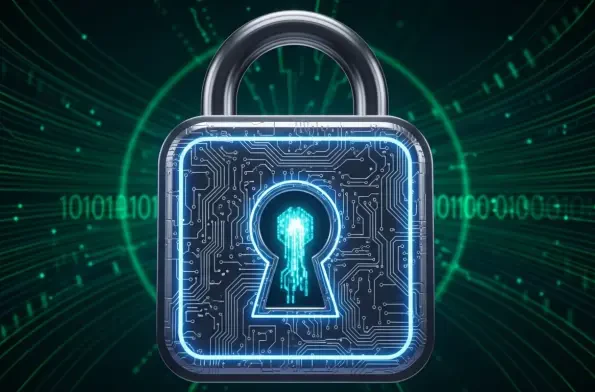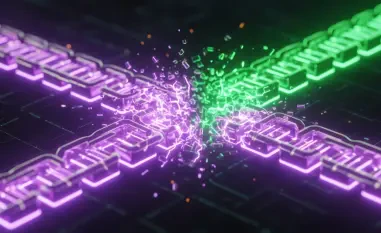We’re thrilled to sit down with Malik Haidar, a renowned cybersecurity expert with a deep background in tackling sophisticated threats within multinational corporations. With his extensive experience in analytics, intelligence, and security, Malik has a unique perspective on integrating business needs with robust cybersecurity strategies. Today, we’ll dive into the alarming activities of the Russian espionage group Static Tundra, their exploitation of outdated vulnerabilities in network infrastructure, and the broader implications for global organizations. Our conversation explores the nature of this threat, the specific flaws they target, the sectors most at risk, and the strategic motivations behind their actions.
Can you start by shedding light on what Static Tundra is and why they stand out as a major cyber threat?
Static Tundra is a Russian state-sponsored cyber espionage group that’s been active for over a decade. They’re known for their persistent and stealthy operations, often targeting critical infrastructure and strategic organizations worldwide. What makes them particularly dangerous is their sophistication and their likely connection to the Russian Federal Security Service, specifically Center 16. They’ve got a track record of compromising network devices on a massive scale, often using custom tools to maintain long-term access for spying. Their ability to operate under the radar for years, combined with state backing, sets them apart from many other hacking groups.
What can you tell us about the specific vulnerability in Cisco devices that Static Tundra is exploiting?
They’re targeting a flaw in the Smart Install feature of Cisco’s IOS and IOS XE software, identified as CVE-2018-0171. This feature was meant to simplify the deployment and configuration of Cisco switches, but the vulnerability allows unauthenticated remote attackers to exploit it. It’s a critical issue because it can be used to crash devices or run unauthorized code. What’s alarming is that this bug is seven years old, first disclosed in 2018, yet many devices remain unpatched, especially those that have reached end-of-life and are no longer supported with updates.
How does the exploitation of this Cisco flaw impact organizations using these devices?
When Static Tundra exploits this vulnerability, the consequences can be severe. It can lead to a denial-of-service condition, essentially knocking the device offline and disrupting operations. Worse, it allows attackers to execute arbitrary code, giving them control over the device. For organizations, this means potential data theft, network downtime, and a gateway for deeper intrusions. It’s not just a technical glitch; it can cripple critical operations, especially for sectors relying heavily on network infrastructure, and expose sensitive information to adversaries.
Who are the primary targets of Static Tundra’s campaigns, and what drives their selection?
Static Tundra focuses on organizations of strategic interest to the Russian government. This includes sectors like telecommunications, higher education, and manufacturing across regions such as North America, Europe, Asia, and Africa. They’ve also heavily targeted entities in Ukraine, especially since the onset of the Russia-Ukraine conflict. The choice of targets often reflects geopolitical goals—disrupting or spying on critical infrastructure or gaining intelligence from politically significant entities. Ukraine, in particular, is a focal point due to the ongoing war, making related organizations prime targets for espionage and disruption.
Can you elaborate on Static Tundra’s connection to the Russian government and what that means for their operations?
There’s strong evidence linking Static Tundra to the Russian Federal Security Service, specifically a unit known as Center 16. This connection implies access to significant resources, advanced tools, and likely direct alignment with national interests. They’re also associated with other known groups like Energetic Bear or Berserk Bear, suggesting they might be a subgroup or operate within a larger network of state-backed actors. This government tie means their attacks aren’t just random; they’re part of a broader strategy, often aimed at long-term intelligence gathering or geopolitical leverage.
What are the main objectives behind Static Tundra’s focus on compromising network devices like these Cisco systems?
Their primary goals are twofold. First, they collect sensitive configuration data from these devices, which can reveal network layouts, security settings, and potential weak points for future attacks. Second, they aim for persistent access to maintain a foothold in these environments for ongoing espionage. By staying embedded in a network, they can monitor communications, steal data, and even manipulate systems over extended periods. It’s a slow-burn approach, prioritizing stealth over immediate destruction, which makes it harder to detect and counter.
What can you tell us about the tools and methods Static Tundra uses to carry out these attacks?
Static Tundra employs custom-built tools designed for persistence and stealth. One notable example is a bespoke tool that automates the exploitation of the Cisco Smart Install vulnerability, CVE-2018-0171. They also target legacy protocols that lack encryption, making it easier to infiltrate older systems. Their toolkit prioritizes staying hidden, often embedding malware like SYNful Knock, which was identified back in 2015. These tools allow them to interact with compromised devices over long periods without raising alarms, showcasing their technical prowess and patience.
What is your forecast for the future of threats like those posed by Static Tundra, especially as technology and geopolitics continue to evolve?
I think we’re going to see an escalation in these kinds of state-sponsored cyber operations as geopolitical tensions rise. Groups like Static Tundra will likely refine their tactics, targeting not just legacy systems but also emerging technologies like IoT devices or cloud infrastructure. The focus on critical sectors and politically sensitive regions, like Ukraine, will probably intensify. At the same time, as more organizations move to modern systems, there’s a risk that older, unpatched devices will remain a weak link, especially in under-resourced sectors. It’s a cat-and-mouse game, and without global cooperation and better patch management, these threats will continue to grow in impact and sophistication.













